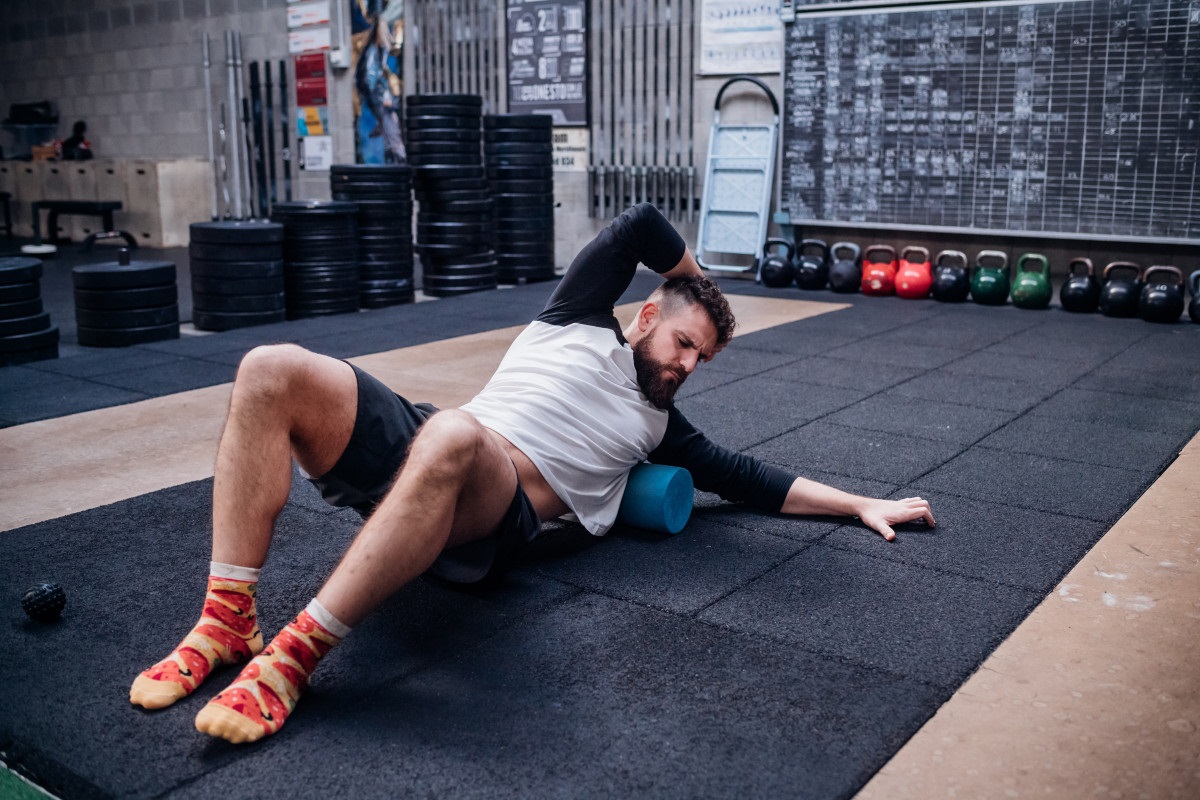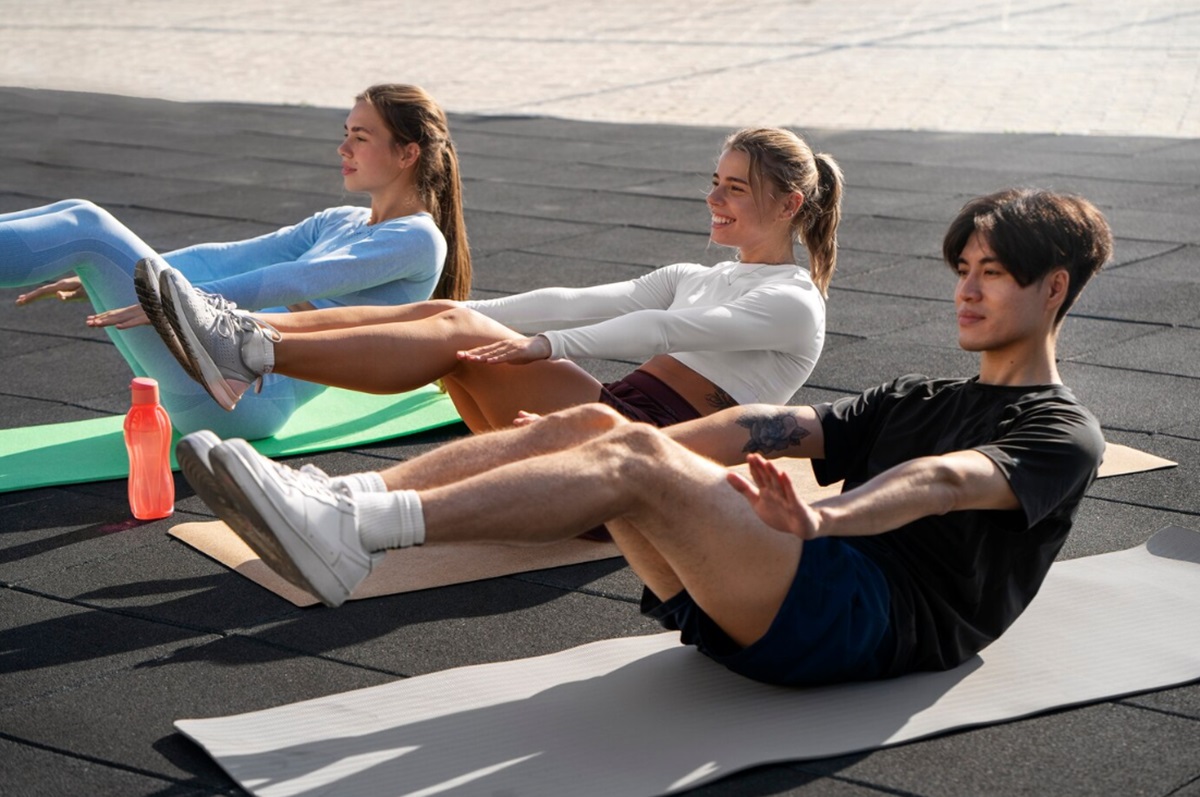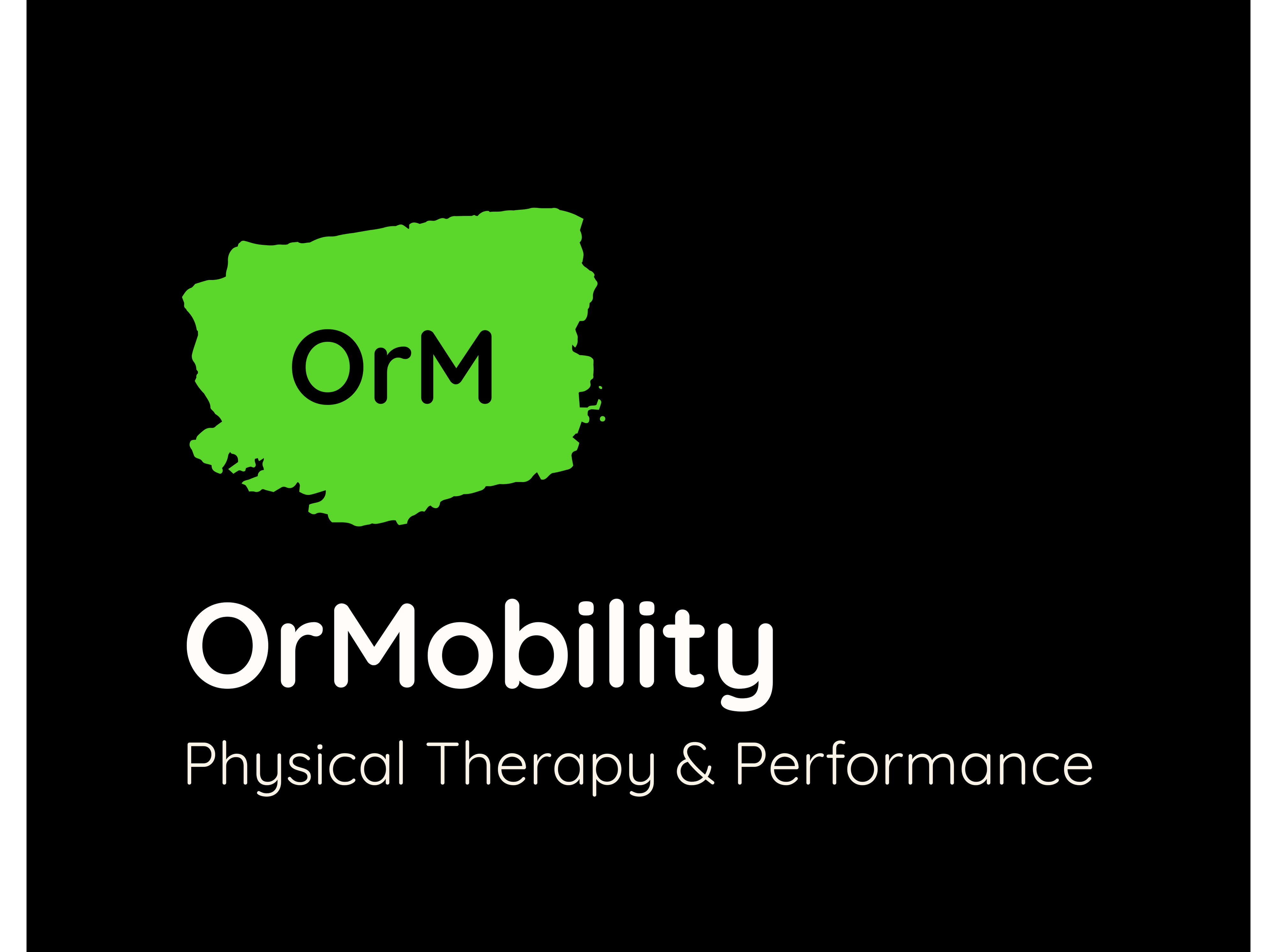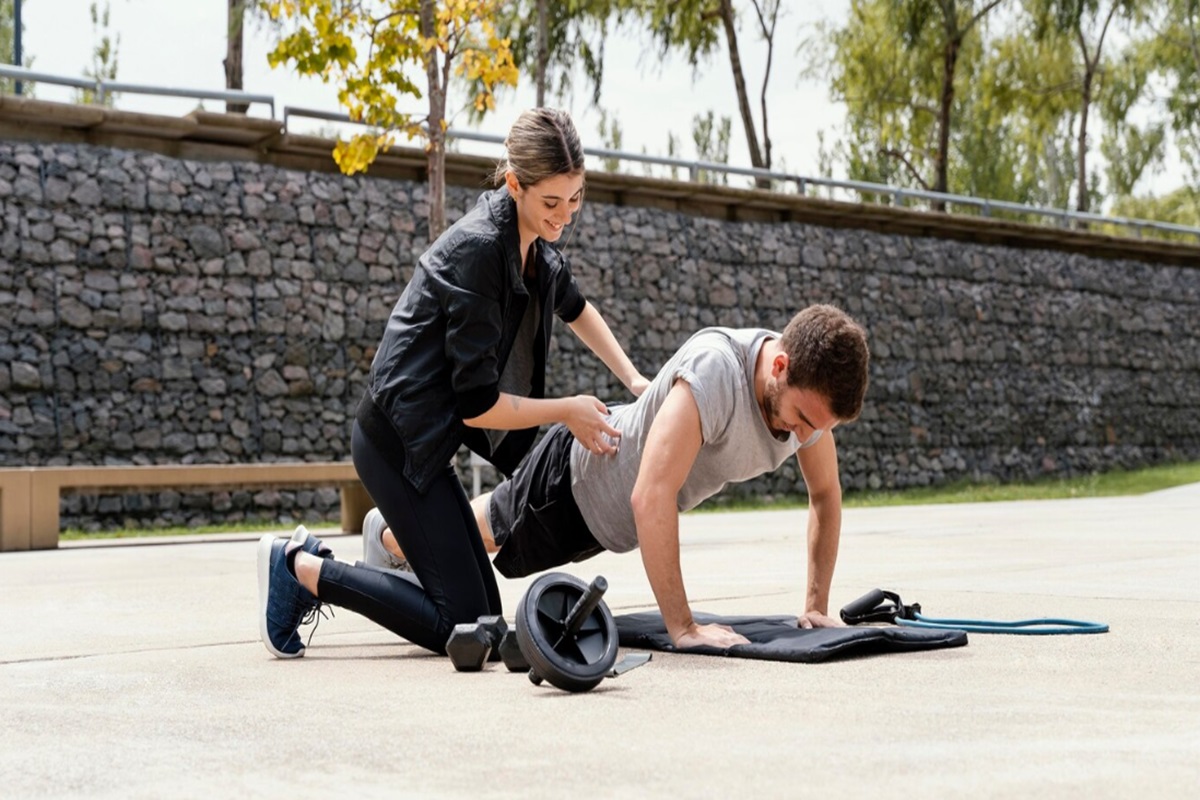Mobility training is an essential yet often overlooked component of fitness. It plays a crucial role in enhancing movement efficiency, preventing injuries, and improving overall physical performance. Whether you’re an athlete striving for peak performance, a fitness enthusiast looking to move better, or someone simply aiming to reduce discomfort in daily activities, a mobility training program should be a priority in your routine.
Mobility training goes beyond simple stretching; it involves functional movement training, muscle activation, and joint health optimization to improve your ability to move freely and efficiently. By focusing on multiplanar movements, dynamic balance, and proprioception, mobility training enhances coordination, posture, and athletic performance. In this guide, we’ll explore what mobility training is, its benefits, key exercises, and how to incorporate it into your fitness program effectively.
What Is Mobility Training?
Mobility training focuses on improving the body’s ability to move efficiently and freely through its full range of motion (ROM) while maintaining control and stability. Unlike static stretching, which primarily increases flexibility, mobility training enhances both active range of motion and dynamic movement by incorporating stability-mobility relationships, motor control, and functional movements.
At its core, mobility training includes a combination of dynamic stretching, corrective exercise, and core stabilization exercises designed to improve joint motion, muscle strength, and body awareness. This approach not only enhances joint structures such as ligaments and connective tissue but also stimulates sensory receptors that contribute to better proprioception and neural activity. An effective mobility training program often integrates yoga or pilates, dynamic stretches, and passive mobility drills to enhance the myofascial network and promote pain relief in individuals suffering from chronic pain or musculoskeletal issues.
Benefits of Mobility Training
High-certainty evidence supports that mobility training significantly enhances joint motion and range of motion (ROM), with noticeable improvements occurring by the end of the intervention period. This demonstrates that, with consistent practice, mobility exercises can be a highly effective tool for individuals looking to regain or maintain optimal movement and functionality. These results underscore the importance of integrating mobility training into fitness routines, not just for athletes but for anyone seeking to improve their musculoskeletal health and reduce the risk of injury.
Enhanced Athletic Performance
Athletes and active individuals rely on mobility to generate power, improve agility, and perform complex movements effectively. A well-designed mobility circuit incorporates multidirectional movements that target glenohumeral joints, thoracic spine mobility, and hip mobility, ensuring smooth and efficient movement patterns. When mobility exercises are performed regularly, they improve functional movement training, allowing athletes to move with greater physical stamina, better joint health, and reduced muscle tension. Increased muscle and fascia elasticity also helps prevent muscle injury caused by restricted movement.
Injury Prevention
Restricted movement patterns and stiff joints increase the risk of injury. Mobility training enhances joint health, ensuring joint structures, soft tissues, and ligaments function optimally to support range of motion (ROM). Mobility training also prevents musculoskeletal issues by addressing imbalances caused by overtraining, sedentary lifestyles, or repetitive stress on certain muscle groups. Techniques like foam rolling, resistance bands, and corrective exercise reduce muscle tension and improve movement efficiency, making it easier to avoid injuries related to poor mobility.
Improved Daily Functionality
Good mobility isn’t just for athletes—it benefits everyone. Everyday movements like bending, reaching, and walking require a degree of joint motion and dynamic movement. Training your body to move efficiently through primary movement patterns improves body awareness, enhances proprioception, and promotes pain relief for individuals dealing with chronic pain or chronic health conditions. By incorporating mobility walkers, canes, or other mobility aids, individuals with limited mobility can maintain range of motion and functional movements, enhancing their quality of life. Mobility exercises can also help address issues related to aging, such as reduced joint motion and decreased dynamic balance.
Key Components of a Mobility Training Program

A successful mobility training program consists of various elements that work together to improve joint motion, muscle activation, and stability-mobility relationships. By combining dynamic stretching, joint mobilization techniques, and stability exercises, you can create a well-balanced approach to enhancing mobility. These key components not only increase flexibility and proprioception but also promote better motor control and functional movement training for long-term mobility gains.
Dynamic Stretching
Unlike static stretching, dynamic stretching involves controlled, movement-based stretches that prepare the body for activity. Dynamic stretching increases motor control, muscle activation, and range of motion (ROM) while reducing the risk of muscle injury. It also stimulates sensory receptors, enhancing proprioception and ensuring smoother, more efficient movement patterns.
Joint Mobilization Techniques
Joint mobilization exercises focus on improving joint health and joint motion. Techniques like band-assisted mobilizations and controlled articular rotations (CARs) help enhance glenohumeral joints, thoracic spine mobility, and hip mobility. These techniques also aid in pain relief by improving circulation to soft tissues and reducing muscle tension around restricted joints.
Stability Exercises
Mobility is most effective when paired with stability. Strengthening the muscles around key joints ensures that increased mobility doesn’t lead to instability. Exercises like core stabilization exercises, dynamic balance drills, and bodyweight exercises reinforce stability-mobility relationships. By improving motor control and neural activity, these exercises help maintain joint integrity and prevent musculoskeletal issues.
Effective Mobility Training Exercises
Incorporating the right mobility training exercises into your routine can significantly enhance joint motion, muscle activation, and overall movement efficiency. These exercises target key areas such as the hips, thoracic spine, and shoulders, helping to improve range of motion (ROM) and reduce muscle tension. Whether you’re an athlete looking to optimize performance or someone aiming to move pain-free in daily life, practicing mobility exercises regularly can lead to long-term benefits.
World’s Greatest Stretch
A full-body mobility drill that targets the hips, spine, and shoulders, helping to open up multiple muscle groups simultaneously. This dynamic movement improves range of motion (ROM), enhances muscle activation, and promotes joint health by increasing circulation. It’s especially effective as part of a warm-up routine, as it prepares the body for functional movement training and reduces the risk of musculoskeletal issues.
90/90 Hip Switch
Designed to improve hip mobility, this exercise enhances joint motion, muscle activation, and stability-mobility relationships in the lower body. By working on active range of motion, it strengthens the connective tissue surrounding the hip joint, reducing muscle tension and improving functional movements. This exercise also enhances proprioception, allowing for better motor control in activities requiring lower-body stability.
Cat-Cow Stretch
A simple but effective movement that increases thoracic spine mobility, improves posture, and reduces muscle tension. This dynamic stretching exercise also promotes body awareness and spinal fluidity, making it particularly useful for those who experience chronic pain or stiffness from prolonged sitting. Regularly performing this stretch helps improve joint motion and alleviates tension in the soft tissues of the back and neck.
Downward Dog Hip Opener
A yoga-inspired stretch that improves joint motion, enhances flexibility, and relieves muscle and fascia tightness. This exercise also strengthens the shoulders, engages the core, and promotes dynamic balance, making it a valuable addition to any mobility circuit. Incorporating it into a flexibility-focused workout can help improve range of motion (ROM) while preventing musculoskeletal issues.
Thread the Needle
A fantastic thoracic spine mobility exercise that enhances rotation and reduces soft tissue stiffness. This movement is particularly beneficial for those with limited mobility in the upper body, as it increases proprioception and improves multidirectional movements. By targeting the musculoskeletal system, it helps alleviate chronic pain and supports better movement efficiency in both daily activities and athletic performance.
Designing Your Mobility Training Program
A well-structured mobility training program should be tailored to an individual’s specific needs, ensuring that limitations in range of motion, joint health, or stability are properly addressed. By assessing movement patterns, integrating corrective exercises, and tracking progress, you can create a program that enhances flexibility, proprioception, and functional movement training. Whether you’re incorporating mobility into a warm-up routine, recovery session, or full workout, consistency is key to seeing long-term improvements.
Assessing Individual Needs
Start by identifying mobility restrictions through cognitive tests and movement assessments like the overhead squat test. Evaluating joint motion, proprioception, and stability-mobility relationships helps determine specific weaknesses that may lead to musculoskeletal issues or chronic pain. A thorough assessment ensures that an Individualized Fitness Coaching addresses areas needing improvement while enhancing movement efficiency and reducing the risk of injuries.
Integrating Mobility Work into Fitness Routines
Incorporate mobility supersets, multidirectional mobility exercises, and functional movement training into your warm-up routine or flexibility-focused workout. This approach ensures that joint structures, soft tissues, and connective tissue are properly prepared for more intense training. By strategically placing mobility exercises throughout a workout, you can enhance motor control, improve dynamic balance, and prevent muscle tension from limiting performance.
Progress Tracking and Adjustments
Monitor improvements in range of motion (ROM), joint health, and muscle strength over time to adjust your mobility circuit accordingly. Regular reassessments allow for modifications in mobility training exercises, ensuring continued progress without overtraining or excessive strain on joint structures. Keeping track of functional movements and identifying any lingering musculoskeletal issues helps refine your mobility training program for long-term success.
Common Misconceptions About Mobility Training

Despite its importance, mobility training is often misunderstood or overlooked in fitness routines. Many people confuse mobility with flexibility or believe that mobility exercises are only necessary for athletes. However, improving joint health, range of motion (ROM), and movement efficiency is essential for everyone, from beginners to advanced fitness enthusiasts.
Mobility vs. Flexibility
While flexibility refers to passive stretching, mobility training focuses on active range of motion through muscle activation and motor control. Flexibility allows muscles to stretch, but mobility ensures that joints move efficiently within their full range of motion (ROM) with stability and control. Developing both mobility and flexibility is crucial for enhancing functional movements and reducing the risk of muscle injury or chronic pain.
Mobility Training Is Only for Athletes
Everyone benefits from mobility training, including those with chronic health conditions, older adults using mobility walkers, and office workers experiencing musculoskeletal system imbalances. Regular mobility exercises can improve joint health, enhance proprioception, and support better posture, making daily movements easier and more efficient. Whether you’re an athlete, a desk worker, or someone recovering from an injury, incorporating a mobility training program can help prevent stiffness, discomfort, and long-term mobility limitations.
Why Mobility Training Matters in Fitness Coaching
Fitness coaches are pivotal in promoting active lifestyles and combating the negative effects of a sedentary routine. Their role extends beyond just designing workouts; they are integral to enhancing overall health, quality of life, and well-being by guiding individuals to adopt more movement-focused habits. By incorporating mobility training, coaches help individuals move more efficiently and reduce the risk of injury, leading to a more active and fulfilling life.
How OrMobility Physical Therapy & Performance Elevates Mobility Training
At OrMobility Physical Therapy & Performance, we are committed to helping athletes and active adults regain control of their injuries without resorting to expensive surgeries or medications, enabling them to continue pursuing their passions. Our individualized care approach ensures that each client receives personalized attention tailored to their unique functional goals. By focusing on prevention, wellness, and rehabilitation, we empower our clients to recover, heal, and perform at their best. Ready to take the first step toward improved mobility and performance? Request appointment today and start your journey to a pain-free, active life!
Conclusion
Mobility training is a game-changer for anyone looking to enhance movement efficiency, prevent injuries, and optimize physical performance. Whether you’re recovering from a muscle injury, managing chronic pain, or aiming to improve body awareness, incorporating mobility training exercises into your fitness routine will lead to lasting benefits. By improving range of motion (ROM) and strengthening joint structures, mobility training promotes better functional movements in everyday life. With consistent practice, you’ll experience increased muscle strength, reduced muscle tension, and improved overall well-being.
FAQs
What is the best exercise for mobility?
The World’s Greatest Stretch is one of the best mobility training exercises for improving range of motion, joint motion, and movement efficiency.
What is the difference between stability and mobility training?
Mobility training enhances joint health and active range of motion, while stability training focuses on strengthening muscles for dynamic balance and core stabilization exercises.
What is mobility vs. flexibility?
Flexibility refers to passive stretching, while mobility training improves muscle activation, functional movements, and joint health for better overall movement quality.


